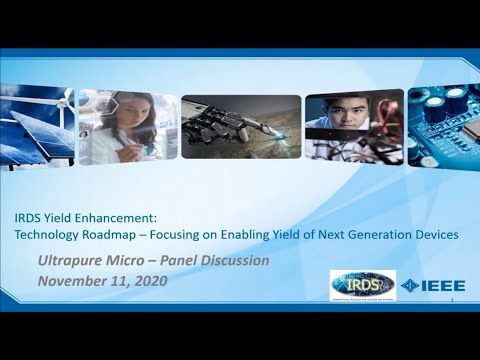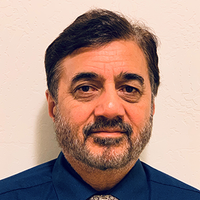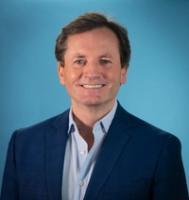
PARTNER
Date joined: 2022
Santa Clara, CA, USA
5000+ employees
Services
Badges

About
Founded in 1968, Intel is a global leader in chip manufacture, supplying microprocessors for computer system manufacturers such as Lenovo, HP, Acer, and Dell. It also manufactures motherboard chipsets, network interface controllers and integrated circuits, embedded processors, and other devices related to communications and computing. Intel has 15 wafer manufacturing fabs in production, primarily in the US, but with locations in Ireland, Israel and China. Intel’s integrated device manufacturer (IDM 2.0) strategy involves substantial manufacturing expansion plans, which began with investment into fabs in Arizona and New Mexico, and continues with plans to construct two leading-edge chip factories in Licking County, Ohio. The company has also selected Magdeburg, Germany as the site for two new chip mega factories.
Water Strategy
Intel has a net-positive water target for 2030, which means it must conserve 60 billion gallons of water through water management operations, and through partnerships with municipalities. 'Net-positive' water means that it must restore more freshwater than consumed by operations, and as such Intel embarks on project restoring water to local water sheds.
At the operational level, Intel has recently embarked on a number of projects to improve water reuse. For example, at its Ronler Acre Campus in Oregon, it has installed recovery cabinets to capture excess ultrapure water which can be recycled back to the tools.
For more information on Intel's water usage, visit https://ultrapuremicro.com/insights/intel-water-usage-chart
UltraFacility Resources
Ozonated Water Reclaim on SCREEN Wet Tools

Keynote panel: Facilities' Growth



